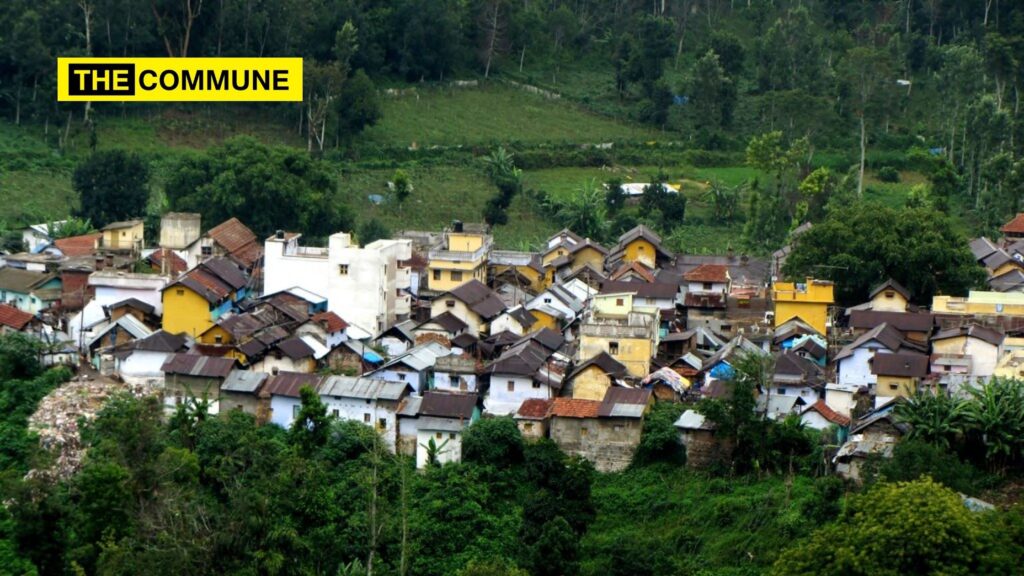There are many small hamlets like Melmalai, Keezhmalai, etc., scattered in and around the Kodaikanal up to the Palani hills. The main village of these hamlets is Thaandikudi. In every village of this region, there are many with the title ‘Raja‘ who are given the first honours during temple festivals, kumbabishegams, and other ceremonies that happens in the village because of which the they forego they undertake a life of piety.
Anointing a Raja
The Raja is selected on the basis of succession. Mangalagandhi, who was elected 50 years ago in Thandikudi village, died recently and hence arose the need to appoint a new Raja. There is a plantation called Jallikkottai near the Kariyamal temple at the Thandikudi village post. The deceased Raja‘s partners (referred to as Appichis) were stationed under a banana leaf pandal in one corner. The temple priest chose the Raja after praying to the Goddess at the temple. The priest under trance identified the next Raja by putting a garland made of leaves on a person.
The anointed person was then taken to the house of Theradiyar (family priest) though a path covered in saree. His feet were then washed with cow’s milk and was then taken inside by a woman. As per the Agama traditions, he was made to sit on a black cloth and given fruits and milk. It was only then the body of the deceased Mangalagandhi was buried.
The austere life of a Raja
Since the Raja receives the first honours in all the ceremonies of the village, he has to live a life of austerity. He should not wear slippers or even hold an umbrella when it rains. He should not eat when a person in the village dies until the deceased is buried. Even if his family member dies, he should isolate himself and not participate in the ceremonies. He has to fast before for every temple ceremony.
In the village the Raja is given an esteemed position. He is accompanied by a village manager and a minister to advise him. They play an important role in matters of village welfare. No matter the age one is initiated into as Raja, he takes charge until he dies.
It is astonishing that the practice that this age old practice continues even today. The village elders regard this age old custom as knowledge handed over to them by their ancestors and consider it to be a spiritual model of rural development.
(With inputs from Dinamalar)
Click here to subscribe to The Commune on Telegram and get the best stories of the day delivered to you personally.

